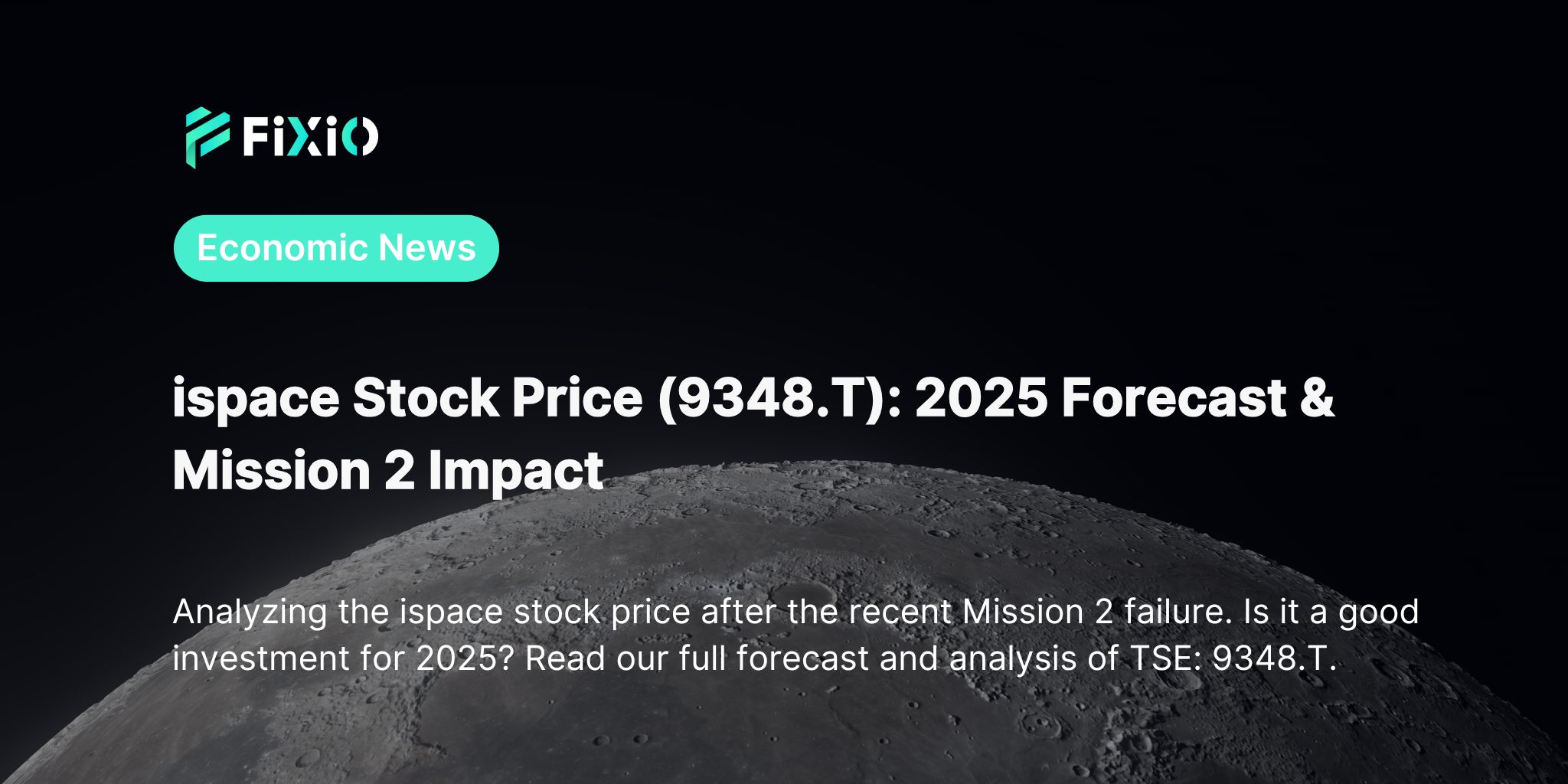
In the 21st-century space race, few companies capture investor imagination like ispace Inc. (TSE: 9348). Specifically, this Tokyo-based trailblazer represents a high-stakes bet on our future on the Moon. However, recent events clearly show the path to the Moon is volatile and filled with risk. Therefore, this analysis will explore the key factors driving the ispace stock price. We will also dissect recent missions and provide a forecast for investors.
Founder Takeshi Hakamada started ispace in 2010 after the Google Lunar XPRIZE competition. He had a singular, audacious vision: "Expand our Planet. Expand our Future." Unlike state-funded agencies, ispace operates as a commercial enterprise. The company focuses on building a sustainable economy between the Earth and the Moon, which it calls the "cislunar economy."
Fundamentally, the company's business model revolves around three key services:
Ultimately, this business plan positions ispace as a foundational infrastructure provider. It's this ambitious, long-term vision that fueled its much-anticipated IPO. As a result, it continues to attract investors who look beyond immediate profitability.
Since its debut on the Tokyo Stock Exchange, the journey for the ispace stock price has been anything but smooth. It acts as a textbook example of a speculative, news-driven asset. Consequently, its valuation swings wildly based on mission milestones and market sentiment. Understanding these dramatic shifts is key. For more insights into how news impacts volatile stocks, you can find broader market analysis here.
For instance, as of the latest market close on June 5, 2025, ispace Inc. (9348.T) closed at ¥1,044 JPY. This figure places it significantly below its 52-week high of ¥1,460. Yet, it remains substantially above its low of ¥430. This wide range truly encapsulates the narrative of the past year: a story of soaring hopes, dramatic setbacks, and resilient recovery.
The stock's volatility is directly linked to its lunar missions. For example, the lead-up to each landing attempt sees a surge in speculative buying. Conversely, any perceived failure causes a sharp, immediate correction. Therefore, understanding this pattern is crucial for any potential investor.
For a company like ispace, success is measured in kilometers and data points. In short, its lander missions are the primary drivers of its valuation because they serve as both technology demonstrators and revenue generators.
In April 2023, ispace's first lander attempted to make history. The world watched as it approached the lunar surface. Unfortunately, mission control lost contact in the final moments. A post-mission analysis revealed a software glitch caused the issue. The lander misjudged its altitude and ran out of fuel, resulting in a crash.
The immediate market reaction was brutal; the ispace stock price plummeted. However, the company skillfully reframed the narrative. They emphasized that the mission completed 8 out of 10 milestones. It also gathered invaluable flight and telemetry data. This data, they argued, was the real prize. It allows them to de-risk and refine the process for future attempts. Eventually, the market began to appreciate this "successful failure" doctrine, and the stock began a long, steady climb back.
Tragically, history repeated itself on June 5-6, 2025. The company's second lander, "RESILIENCE," targeted a soft landing in the Moon's "Sea of Cold." After a seemingly perfect journey, mission control again lost communications right after the scheduled touchdown time.
Today, June 6, 2025, ispace has confirmed the failure. They could not re-establish contact and believe the lander crashed. CEO Takeshi Hakamada addressed the outcome soberly. He stated, "This is the second time we were not able to land, so we have to take it very seriously... We'd like to utilize the results into Mission 3 and Mission 4."
The market is still processing the impact, but the news has sent a shockwave through the investor community. Although the company will again salvage invaluable data, a second consecutive landing failure raises critical questions. Investors now question its technology and execution. As a result, the stock will likely face significant downward pressure as investors reassess the risk.
Analyzing ispace's financials requires a different lens. Essentially, it is a high-growth, high-burn R&D venture, not a mature company.
ispace is not alone in its lunar ambitions. In fact, the commercial space sector is heating up, and several key competitors are vying for the same prize.
So, what does the future hold for the ispace stock price? In short, investing in ispace is a high-conviction bet on a very specific future. Here’s a breakdown of the bull and bear cases.
ispace Inc. is not an investment for the faint of heart; it is a venture-capital-style bet in the public markets. The recent failure of Mission 2 is a significant blow, and the market will undoubtedly punish the stock for it.
For a risk-averse investor, the stock is an unequivocal "avoid" until it can demonstrate a successful soft landing. For a risk-tolerant investor, however, the current situation presents a complex dilemma. The impending stock price drop could represent a discounted buying opportunity, but only if you believe the company can learn from its mistakes.
Ultimately, the ispace stock price will depend on real engineering success, not on promises of a future economy. The dream of the cislunar economy is alive. Yet for ispace, the challenge of turning that dream into a reality has never been more acute.
Please visit our website for more posts and in-depth analysis.
Disclaimer: This article is for informational purposes only and does not constitute financial advice. Investing in speculative stocks like ispace carries a high degree of risk, including the potential loss of principal.
Analyzing the ispace stock price after the recent Mission 2 failure. Is it a good investment for 2025? Read our full forecast and analysis of TSE: 9348.T.
Superior trade execution & trading conditions with the NDD method.

The online FX industry provides a platform for investors worldwide to engage in the buying and selling.

Subscribe to our daily newsletter and get the best forex trading information and markets status updates
Trade within minutes!
Comment (0)